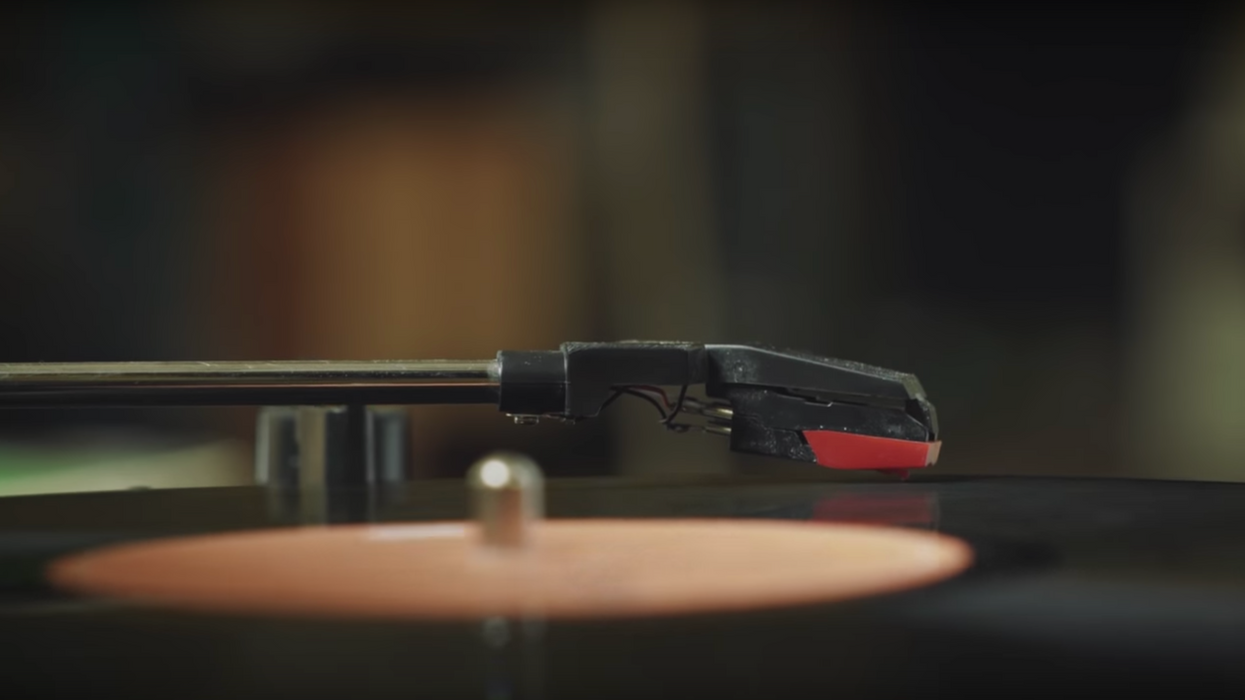3 Ways to Establish Visual Rhythm in Your Film
What is visual rhythm and how can you use it to make better, more interesting films?

Visual rhythm is incredibly important in filmmaking because it establishes the flow of a story, a flow that can really make or break your film. While both good and bad rhythm put your audience on the edge of their seat, one finds them there because they're excited and engaged and the other finds them there because they're getting up to head for the door, so it's supremely important to know how to use visual elements wisely.
In this video, the team over at The Film Look shows you three ways in which they established the rhythm of their film The Asylum Groove to create an interesting, engaging, and meaningful story using visual techniques that are not difficult to implement into your own projects. Check it out below:
Keep in mind, I'm not talking about pacing here. When we talk about pacing, typically we're talking about the timing of the editing, like fast and frenetic cuts that pump up the action versus slow and meandering ones that let audiences marinate in the moment. Rhythm has more to do with story progression, like establishing a clear beginning, middle, and end and creating patterns to reveal important narrative information.
Let's take a look at the four techniques mentioned in the video:
First and final frames
Video essayist Jacob T. Swinney's "First and Final Frames" series taught us so much about the importance and power of bookending your film. It can show you if you've got a clear beginning and end, how your protagonist has changed over the course of the film, and it can also tie up your story nicely if you add a little visual hat tip to the beginning of the film at the end.
The Rule of Three
I'm not sure why this is a thing, but it is. Many theorists say that when something shows up three times in a film (or anything really), it establishes a pattern. "Why do patterns matter in filmmaking?" Because they give those repeated elements more importance, which means your audience is going to pay more attention to them. "But why do patterns matter in terms of visual rhythm?" Because, as the video points out, it's often just the right amount of information your audience needs to recognize something as vital to the scene, character, or entire film without belaboring the point and boring them.
Bridging shots
The Film Look shows you a great way to create a nice flow between your shots and different sequences. By adding an element, whether it's a certain color, object, or movement, from the previous shot/scene/sequence, you create a visual bridge that allows your audience to make a connection between the two otherwise separate events.
If you want to see how the Film Look team used these techniques in their own work, check out The Asylum Groove below.
How do you use visuals to establish a rhythm in your work? What are some good examples from your favorite films? Let us know down in the comments.
Source: The Film Look

 Richard Gere and Uma Thurman in 'Oh, Canada' via Kino Lorber
Richard Gere and Uma Thurman in 'Oh, Canada' via Kino Lorber  Uma Thurman in 'Oh, Canada'via Kino Lorber
Uma Thurman in 'Oh, Canada'via Kino Lorber 









